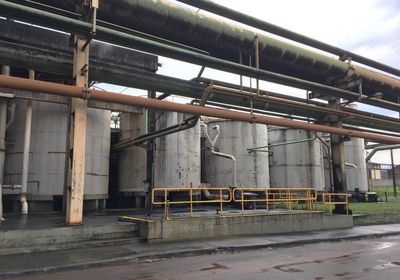Not All Bacteria are Bad in Biofuel Production
Long seen as collective contaminants, some bacterial species actually promote bioethanol production.
Biofuels like bioethanol provide energy alternatives to fossil fuels. Many processes that produce bioethanol involve fermenting yeast, so plant operators consider bacteria collectively as contaminants, but new research suggests that this is an oversimplification.
In a study published in Nature Communications, a team of microbiologists demonstrated that while some bacterial species reduced bioethanol conversion, others improved its production.1 “That gives us more notes to play in terms of optimizing the process, because you can both add beneficial bacteria to the process, as well as try to avoid the detrimental bacteria,” said Morten Sommer, a microbiologist at the Technical University of Denmark and study coauthor. He and his group study how differences in the genetic and microbial composition of fermentation mixtures affects the product of interest yields.
To investigate how bacterial species affected bioethanol production, Sommer and his team sampled two biorefinery plants in Brazil at various points during fermentation over the production season. Using metagenomic analysis, the team identified two highly prevalent bacterial species, Lactobacillus amylovorus and Limosilactobacillus fermentum. They also observed that improved bioethanol production was associated with increased L. amylovorus while a high population of L. fermentum created acidic environments that reduced bioethanol production.
The researchers found that out of the three strains of L. fermentum in the mix, only one detrimentally affected bioethanol production. Metabolic profiling demonstrated that this strain produced more lactate and no ethanol. Finally, the team explored conditions that promoted L. amylovorus and limited L. fermentum. Compared to L. amylovorus, all three L. fermentum strains grew better at 37° Celsius compared to 30°.
Soo Rin Kim, a food microbiologist who studies yeast fermentation at Kyungpook National University and was not involved in the study, explained that improving fermentation processes is important to make the most of a limited resource. According to her, these bacteria provide a way to gauge the fermentation efficiency. “Later on, we’ll be able to figure out how to control those lactobacteria to improve the production,” said Kim.
- de Oliveira Lino FS, et al. Nat Commun. 2024;15(1):5323.


